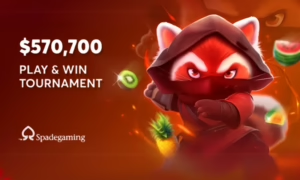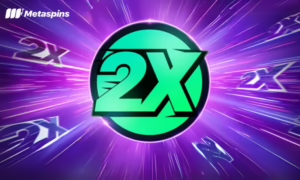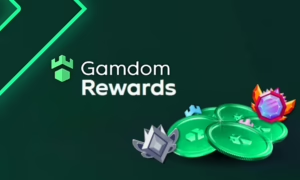A blockchain block is a like an encoded block in an Excel spreadsheet that cannot be edited once it has been completely filled in.
To expand on this, we know that a blockchain is a type of digital ledger that is decentralized. This decentralization is possible by distributing the computation and storage of data across a system of nodes (aka computers) instead of by a single central computer. In order to ensure that the data is accurate all transactions that occur on the blockchain are encrypted by the nodes and once the encryption is completed, the data cannot be edited without the approval of at least 51% of the nodes simultaneously approving the alteration. Therefore, the more nodes that are connected to the blockchain, the more secure the blockchain is.
In general, the encryption process for a traditional blockchain such as the Bitcoin (BTC) blockchain, this works something like the nodes solving a sudoku puzzle. Once the sudoku puzzle is completed, the puzzle is locked and can no longer be changed. In this analogy, the sudoku puzzle is the blockchain block, the puzzle solving is the mining, and the locking is the encryption process. It is important to note that this is an extremely simplified description of the process.
Additionally, the purpose of these puzzles is to store transactional data. Therefore, when a transaction occurs, a new puzzle is created the data is store in the puzzle and once the puzzle (aka code) is solved, the data is locked within the block. In the case of certain blockchains, such as the bitcoin blockchain, there are also ‘rewards’ in the form of coins that are granted to the nodes that successfully solve these puzzles. The coins granted are specific to the blockchain that is being mined. For instance, Ether (ETH) is generated on the Ethereum blockchain, Bitcoin (BTC) is generated on the Bitcoin blockchain and Doge on the Dogecoin blockchain.







